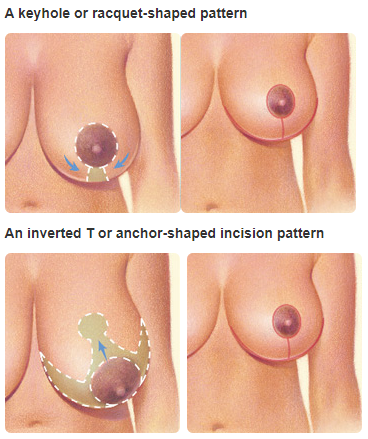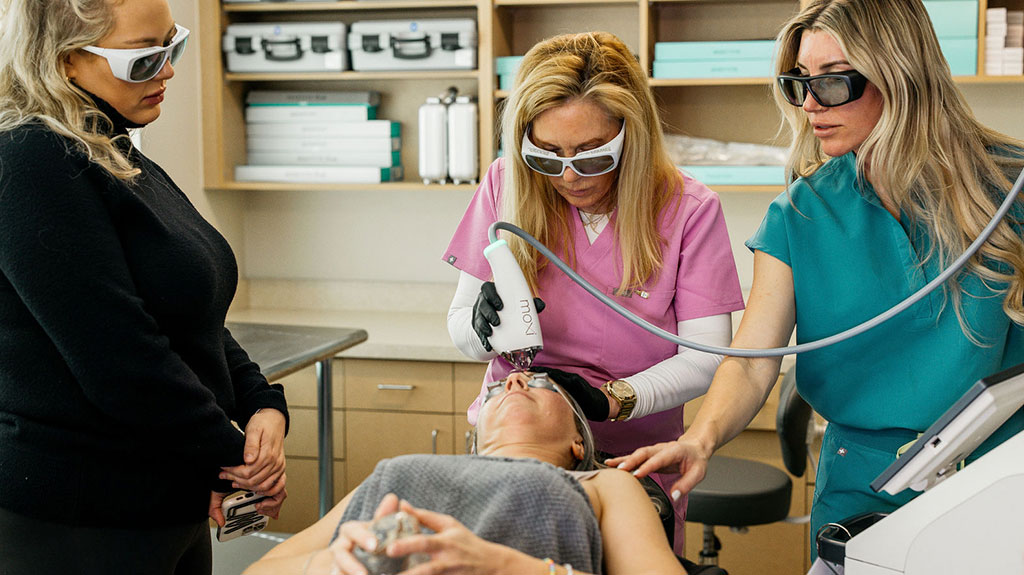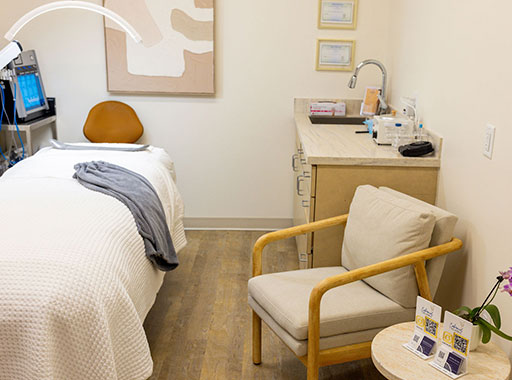Overly large breasts can cause health and emotional problems. In addition to self image issues, you may also experience physical pain and discomfort. The weight of excess breast tissue can impair your ability to lead an active life.
- 6215 Humphreys Blvd, Suite 201
- Memphis, TN 38120





